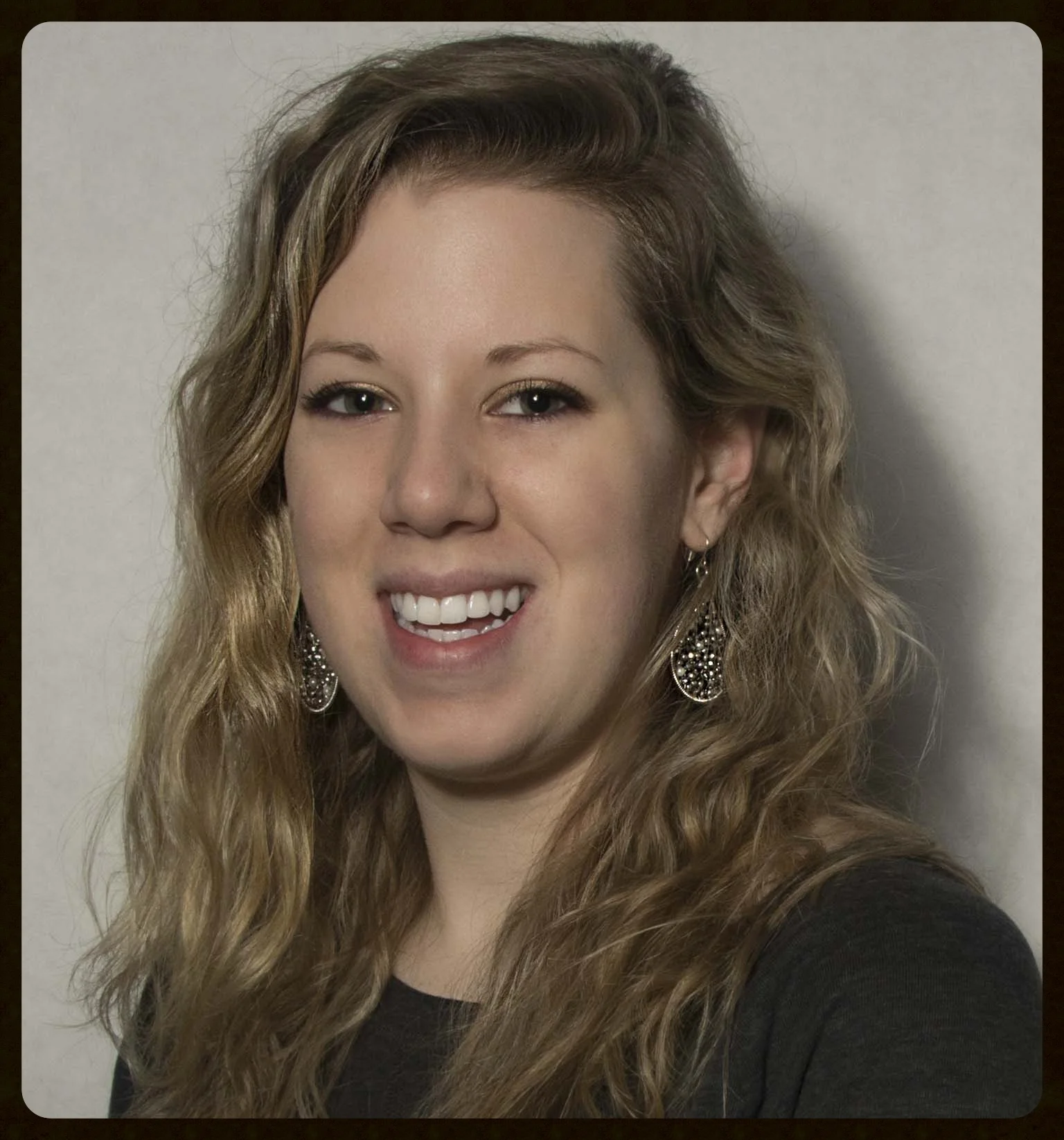Many of my poems originate in careful and curious research. The theory of color, light, solar prediction, and fossilization have become important components of my poetic sensibility. I allow partially scientific research to manifest itself in a new lexicon, which I then complicate with poetic intent.
My work has primarily examined the fluidity and fragility of an identity in mourning. Using the lenses of grief, betrayal, and urgency, I aim to construct layered poems that work to get at the core of self-confrontation.
Influenced by the elegiac, post-lyric work of contemporary poets like Hadara Bar-Nadav and Simone Muench, my full-length manuscript entitled Our Teeth Will Always Forgive Us, serves as both a memorial to a bygone childhood and as a navigation through a new space beyond that transition. A number of the poems in the manuscript utilize language from The Elements of Color: A Treatise on the Color System of Johannes Itten, which I came across by chance while scanning the library stacks. Color theory, I believe, is the perfect complement to the lyric impulse because it attempts to describe the way the human eye visualizes and understands an image, much the way poetry attempts to.
A series of prose poems found in the manuscript also uses language and imagery from a text I found by chance: As Bill Sees It: The A.A. Way of Life (selected writings of A.A.’s co-founder). I came across this small, compact book in a thrift store near my apartment in Chicago and was drawn to it both because of its size and because of its mustard yellow color. Many of my poems were about recovery and transition and I drew an obvious connection between my current body of work and the terminology used in the little book.
Some of my newer works explore transition, fate, and choice, incorporating language from a Popular Mechanics manual, a solar prediction text, and The Audubon Society Field Guide to North American Fossils. These poems further exemplify my use of expansive research and the appropriative, poetic use of this somewhat methodical language mirrors the exploratory nature of these poems.
